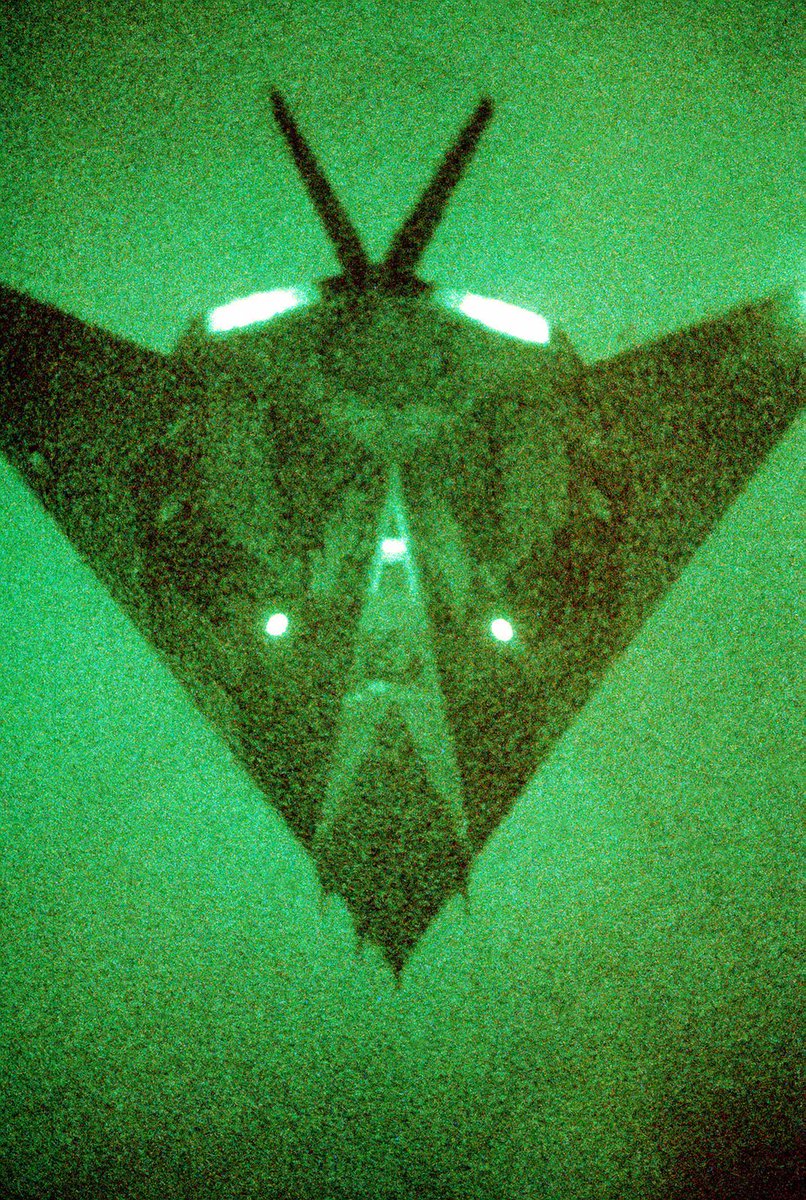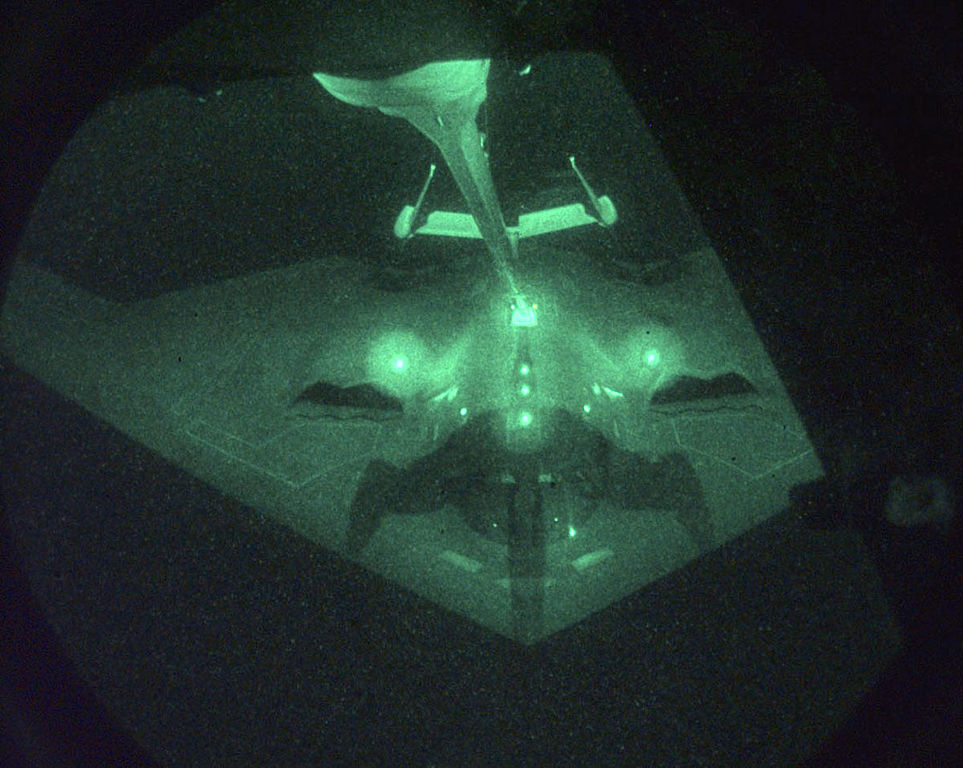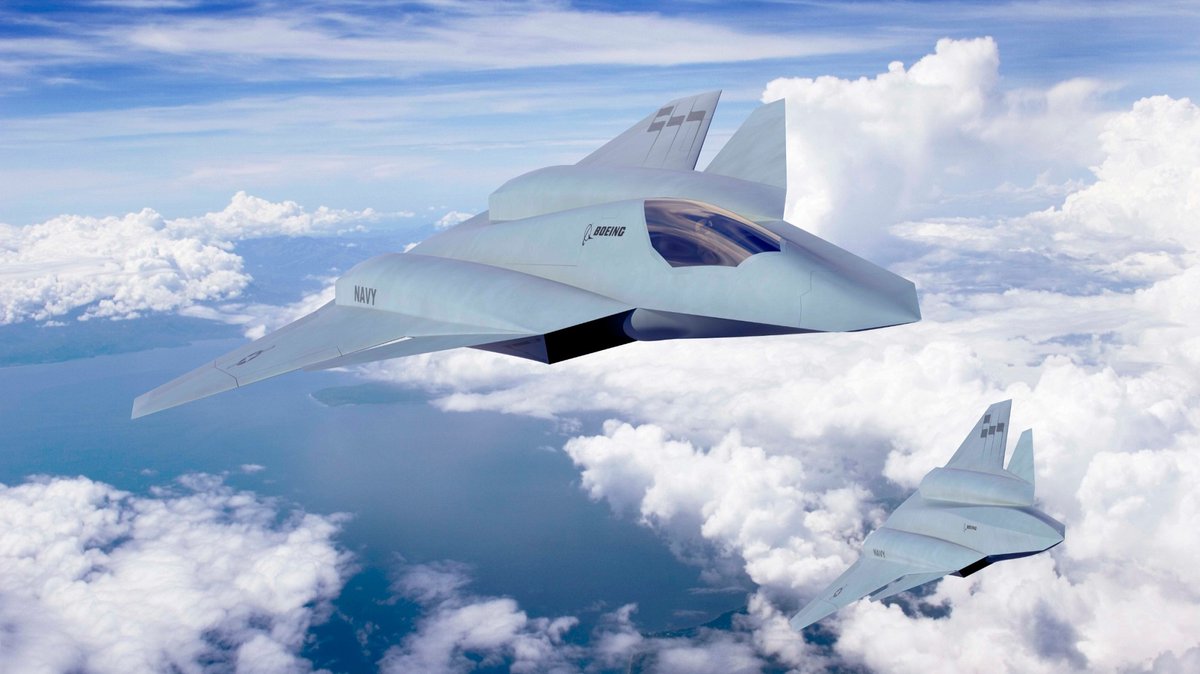
How to get URL link on X (Twitter) App



 Let's start with one of the greatest advantages of the Gripen: its electronic warfare systems. The Gripen has a relatively robust signal receiver network across the aircraft, with several antennas capable of electronic attack, such as the wingtip pods and external jammers.
Let's start with one of the greatest advantages of the Gripen: its electronic warfare systems. The Gripen has a relatively robust signal receiver network across the aircraft, with several antennas capable of electronic attack, such as the wingtip pods and external jammers. 




https://twitter.com/elonmusk/status/1937149953073422779

 If you want to try to optically track a target with damn near zero contrast, be my guest.
If you want to try to optically track a target with damn near zero contrast, be my guest.
 This thread is a pitch for a congressional write-in campaign. The first part is a history of the degradation of the Navy's air wing. The second part is an analysis of a recent oversight hearing. The last post of this thread contains instructions for emailing your representatives.
This thread is a pitch for a congressional write-in campaign. The first part is a history of the degradation of the Navy's air wing. The second part is an analysis of a recent oversight hearing. The last post of this thread contains instructions for emailing your representatives.

https://twitter.com/Rational314159/status/1921746333892829309The all moving wingtips are a novel solution. I don't know what the trade offs are but they must be at least somewhat worth it. Potentially these are considered lower risk, higher strength, or more effective than the semi-morphing control surfaces on the JH-36.


 First off, I apologize in advance for the lack of photos on this topic. All existing photos of Agile are of the ones designed in the 1970s for operation within Earth's atmosphere. Therefore, you will have to imagine some of these changes to the system.
First off, I apologize in advance for the lack of photos on this topic. All existing photos of Agile are of the ones designed in the 1970s for operation within Earth's atmosphere. Therefore, you will have to imagine some of these changes to the system.

 Google has billed these features as "taking the legwork out of searching" and "able to answer complex questions." This is a bald faced lie.
Google has billed these features as "taking the legwork out of searching" and "able to answer complex questions." This is a bald faced lie.




 First, here's a link to the article. I would have put it in the tweet above, but this website hates external links, and so it wouldn't have been shown to many of you.
First, here's a link to the article. I would have put it in the tweet above, but this website hates external links, and so it wouldn't have been shown to many of you.
 The TC-1 was the ROC's first attempt at an indigenous air-to-air missile. From what I can tell, it appears to be slightly better than the AIM-9P-5, which is a great showing, but again, I hate it.
The TC-1 was the ROC's first attempt at an indigenous air-to-air missile. From what I can tell, it appears to be slightly better than the AIM-9P-5, which is a great showing, but again, I hate it. 

 MRASM BKEP was a sub-variant of MRASM, which itself was a subvariant of Tomahawk. AGM-109H (Photo 4) should also be distinguished from the AGM-109 variant proposed to compete with the Boeing AGM-86 (Photo 3) and the shorter tactical AGM-109L (Photo 2).
MRASM BKEP was a sub-variant of MRASM, which itself was a subvariant of Tomahawk. AGM-109H (Photo 4) should also be distinguished from the AGM-109 variant proposed to compete with the Boeing AGM-86 (Photo 3) and the shorter tactical AGM-109L (Photo 2). 




 Developed by Sperry-Douglas, like the first one, the second Sparrow was primarily intended to provide a better guidance system to allow for successful intercepts of maneuvering targets, or from other angles besides directly ahead or astern of the target.
Developed by Sperry-Douglas, like the first one, the second Sparrow was primarily intended to provide a better guidance system to allow for successful intercepts of maneuvering targets, or from other angles besides directly ahead or astern of the target.

 After the success of the AIM-7, and the expansion of AIM-7 carriage from F-3B to F-4 to F-15 and F-16, AAM development has become largely uncoupled from airframe and fire control radar development. This has been mostly a positive, but there are some negative aspects as well.
After the success of the AIM-7, and the expansion of AIM-7 carriage from F-3B to F-4 to F-15 and F-16, AAM development has become largely uncoupled from airframe and fire control radar development. This has been mostly a positive, but there are some negative aspects as well. 

 Though the development history of the AIM-9E is somewhat murky, we have some information.
Though the development history of the AIM-9E is somewhat murky, we have some information.

 The most common issue with HMDs of the 1970s and 1980s was weight. Kaiser Electronics understood this problem, and set out to not only lower the weight of the helmet to below that of a conventional flight helmet, but also to adjust the center of gravity to be closer to the neck.
The most common issue with HMDs of the 1970s and 1980s was weight. Kaiser Electronics understood this problem, and set out to not only lower the weight of the helmet to below that of a conventional flight helmet, but also to adjust the center of gravity to be closer to the neck. 





 The higher resolution images provide some interesting details about the first one.
The higher resolution images provide some interesting details about the first one. 

https://twitter.com/HenriKenhmann/status/1872208205750968766Three engines. Why are there three engines? Why are two intakes below and one above? Maximizing weapon bay space?





 Taxiing out onto the runway, they hold their brakes as they let their engines spool up. At full power, they engage their afterburners, and wait.
Taxiing out onto the runway, they hold their brakes as they let their engines spool up. At full power, they engage their afterburners, and wait. 

https://twitter.com/imetatronink/status/1869112375871504763
 The first point to cover is radar stealth. Stealth is a bit of a silly term in some ways. A better term for this is "very low observable." What that means is that effort is made to reduce the radar signature of the aircraft, often combined with infrared signature reduction.
The first point to cover is radar stealth. Stealth is a bit of a silly term in some ways. A better term for this is "very low observable." What that means is that effort is made to reduce the radar signature of the aircraft, often combined with infrared signature reduction.

 Even before the American entry into Vietnam, Forward Air Controllers began operating in the theater. These were necessary to coordinate air support to ground troops in the dense jungle, which prevented pilots of larger, faster aircraft from effectively spotting their targets.
Even before the American entry into Vietnam, Forward Air Controllers began operating in the theater. These were necessary to coordinate air support to ground troops in the dense jungle, which prevented pilots of larger, faster aircraft from effectively spotting their targets. 

 A Browning tilting barrel action is a short recoil action where, under recoil, the barrel unlocks from the slide and the rear tilts down on a pivoting link.
A Browning tilting barrel action is a short recoil action where, under recoil, the barrel unlocks from the slide and the rear tilts down on a pivoting link.
 The first thing to clear up is how to identify whether or not these IRSTs were fitted to an F-4. First, does the aircraft have a chin pod, and second, is the tip of the chin pod reflective or dull?
The first thing to clear up is how to identify whether or not these IRSTs were fitted to an F-4. First, does the aircraft have a chin pod, and second, is the tip of the chin pod reflective or dull?


 The Sparrow I was a radar beam-riding missile. This meant that the missile would try to center itself within the radar beam during flight, which was locked to the gunsight's position. This can be seen in the spiral path flown by this Sparrow I.
The Sparrow I was a radar beam-riding missile. This meant that the missile would try to center itself within the radar beam during flight, which was locked to the gunsight's position. This can be seen in the spiral path flown by this Sparrow I.